Our focus: tiny technologies and human health
The worlds of semiconductor microfabrication, nanotechnology, and advanced manufacturing have given rise to a suite of tools that allow us to manipulate biological systems from the single receptor (10 nm) to ensembles of cells (100s of microns).
In our laboratory we seek to leverage these tools for grand challenges in human health such as preventing, understanding and treating diseases of the liver, cancer, and acquired infections.
Liver Disease
The liver is a complex organ that performs hundreds of functions and is essential for life. Worldwide, liver disease impacts 500 million people and liver transplantation remains the only curative intervention for liver failure. The liver microenvironment is composed of ensembles of cells precisely arranged like spokes of a wheel along which blood flows. We leverage computer chip ‘microfabrication’ technologies to build synthetic bio-inspired human livers, cell by cell, in controlled 2D and 3D architectures to both model and treat liver disease.
Specifically, we have used these engineered human tissues to understand human-specific drug toxicity, infection by pathogens, liver regeneration, circadian rhythms and more recently viral and non-viral delivery of nanoparticles and nucleic acids. By employing engineering tools across length scales, in collaboration with the Chen laboratory at Boston University, we are able to produce minimal human microlivers that can be transplanted, vascularized, and survive and thrive in vivo. We use these to study human liver pathophysiology in the organism while our therapeutic efforts are focused on leveraging hepatocytes for their curative potential for both heritable and acquired diseases of the liver.
Foundational papers
Recent and notable
Cancer
Cancer is among the most urgent medical challenges of our time, accounting for nearly 10 million deaths around the world each year. Our lab develops tools that confront cancer along two axes: diagnostics to detect and track cancer and precision therapeutics to specifically target tumors once they are detected. Both efforts rely on understanding and exploiting unique features of the tumor microenvironment such as protease activity, acidosis, transendothelial trafficking pathways and immune cell infiltrates. We use these properties to engineer nanosystems that enable detection and treatment of cancer with precision with an eye towards addressing grand challenges in cancer: prevention and early detection, treating metastatic disease, and serving patients around the world.
Foundational papers
Recent and notable
Infection
Human disease arises from both non-communicable (e.g. heritable) and communicable origins (e.g. infectious organisms). Our lab has an interest in understanding and exploiting the microenvironment of infected tissues. We focus on liver and lung microenvironments where we have particular expertise in microscale modeling of host-pathogen interactions or engineering responsive nanosystems for detection and therapy.
We have used our expertise in human liver microenvironments to study human pathogens that have been elusive in vitro. For example, we have studied liver stages of malaria parasites Plasmodium falciparum and vivax and hepatotropic viruses hepatitis B and C, producing unique in vitro models that are serving to inform drug and vaccine development. In the lung, we seek to understand how the infected lung microenvironment can be leveraged to interact with nanomaterials that (1) rapidly diagnose respiratory infections via urine and breath and (2) selectively activate potent antimicrobials. Collectively, we seek to use these insights to combat the threat of emerging antimicrobial resistance.
Foundational papers
Recent and notable



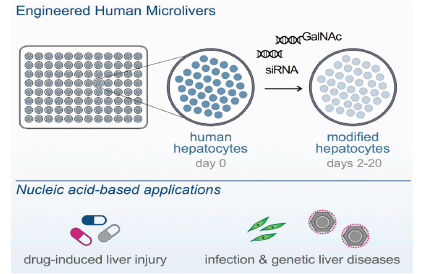
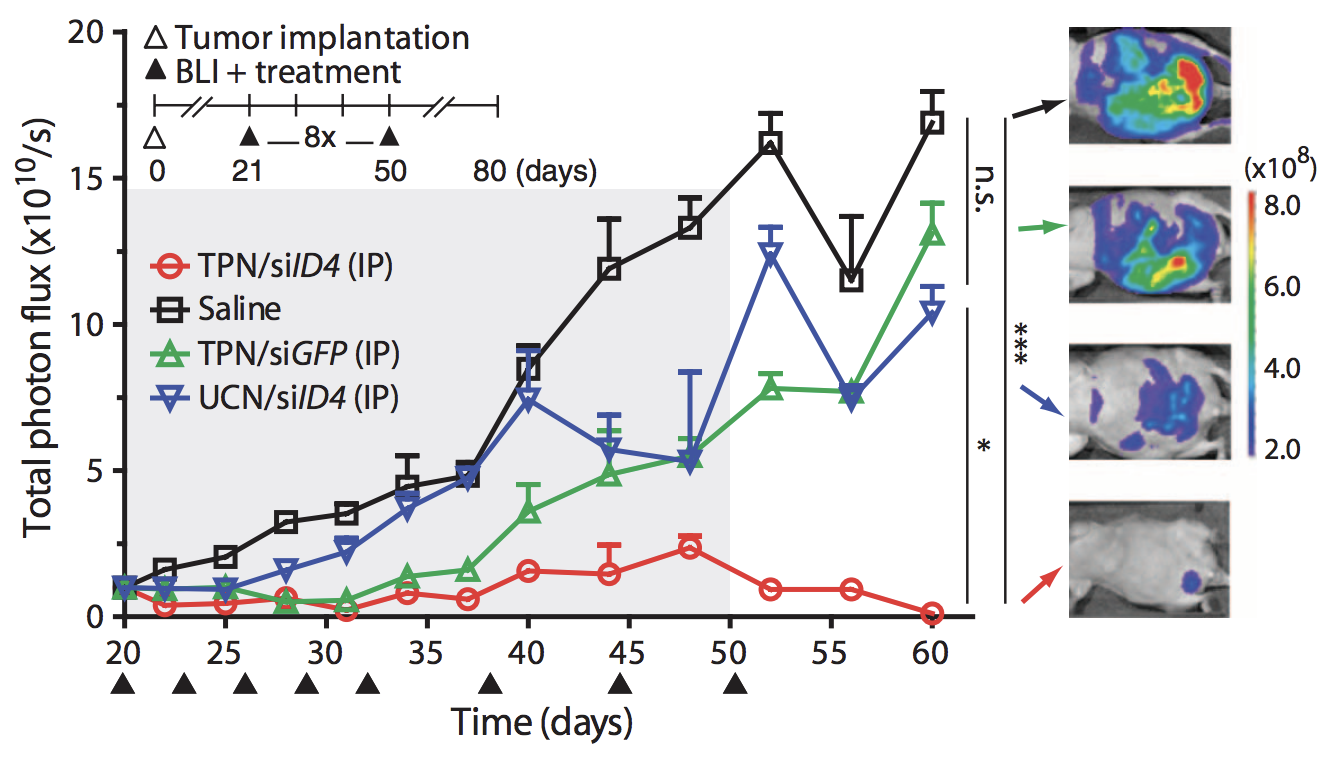
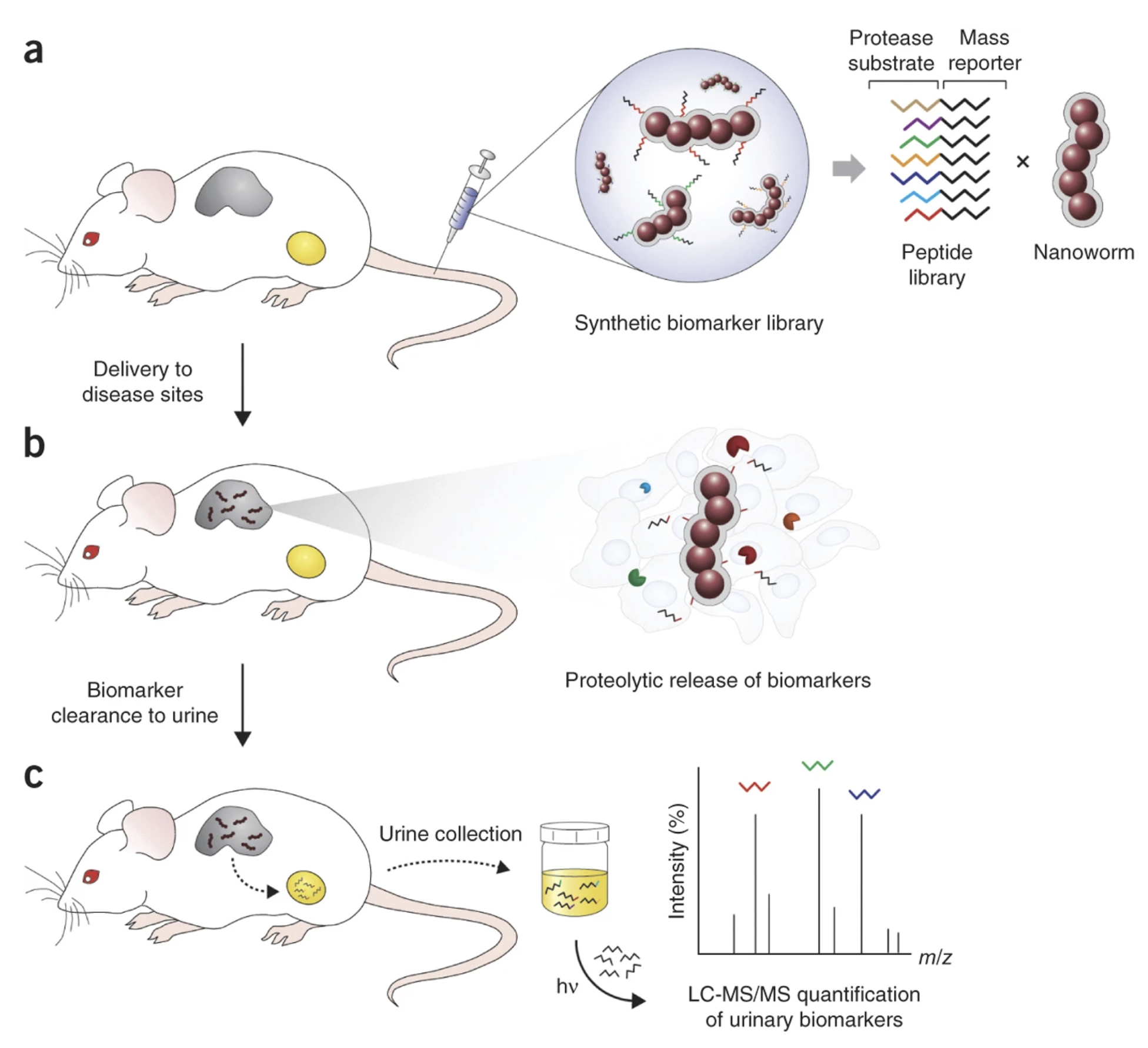

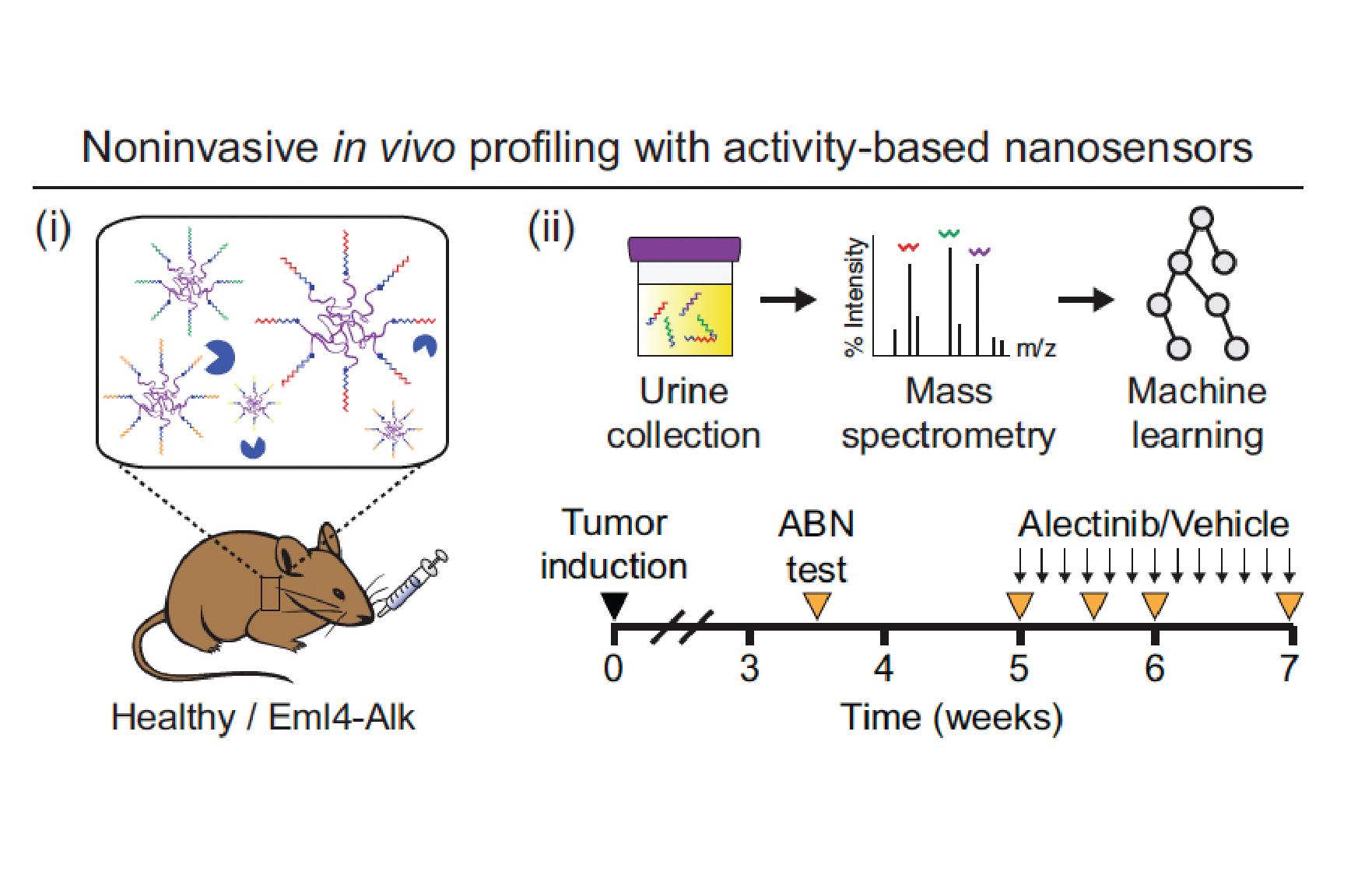
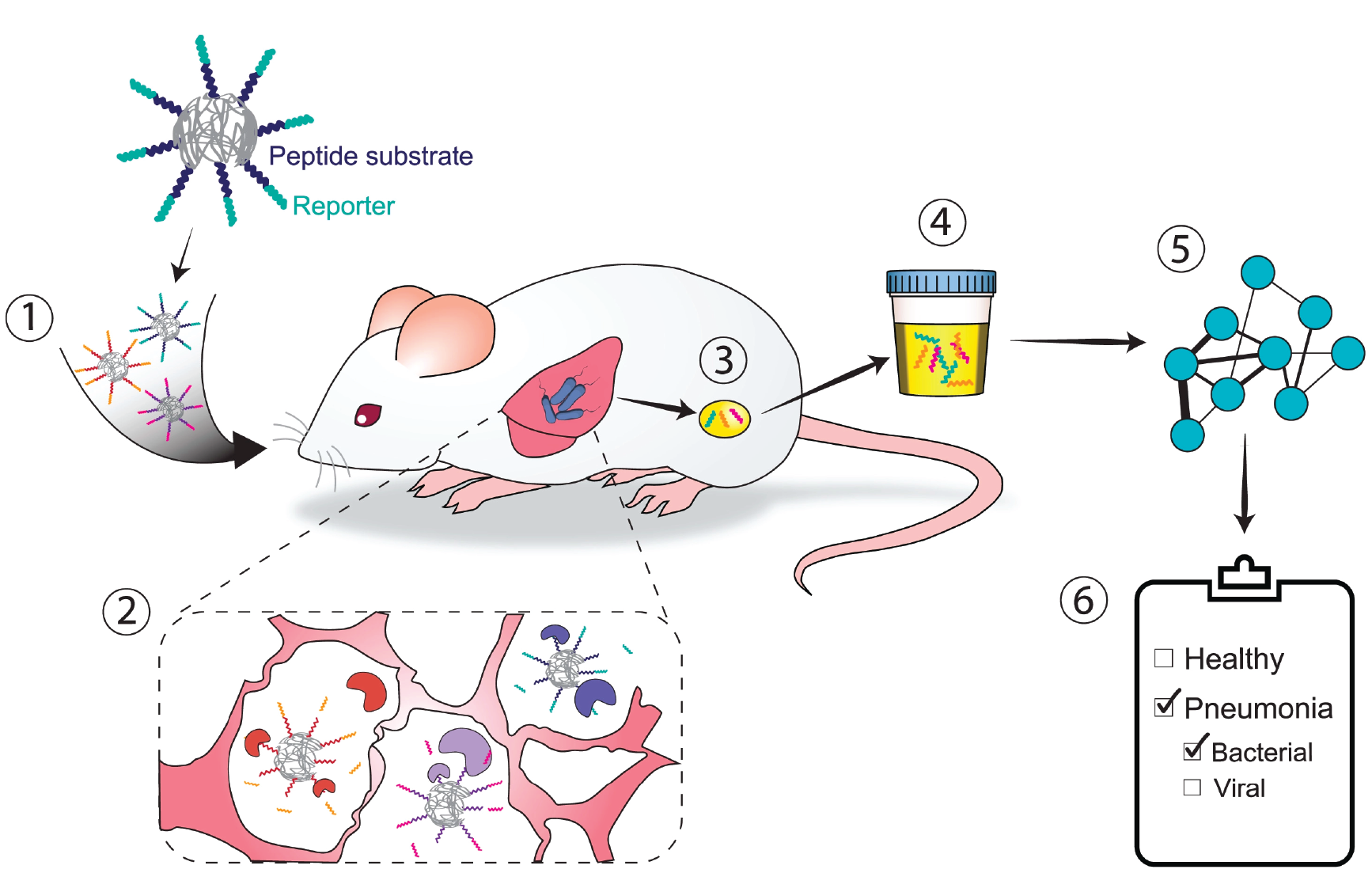
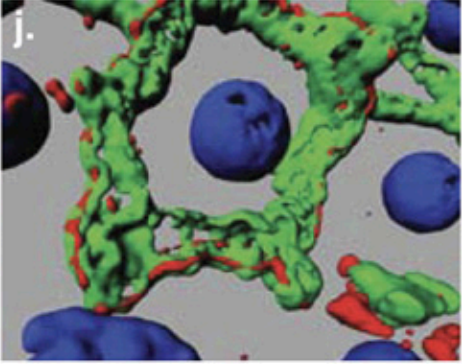
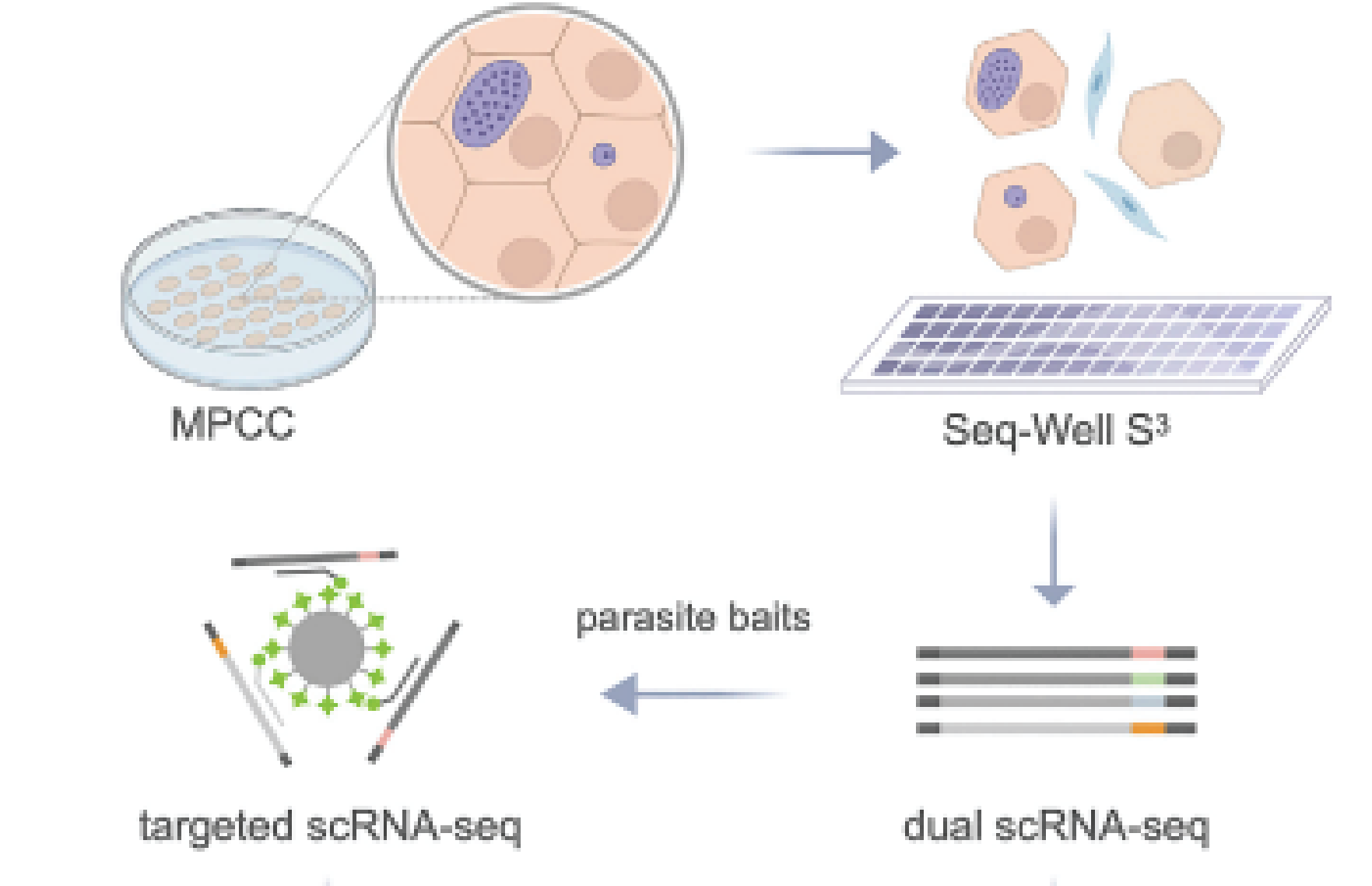
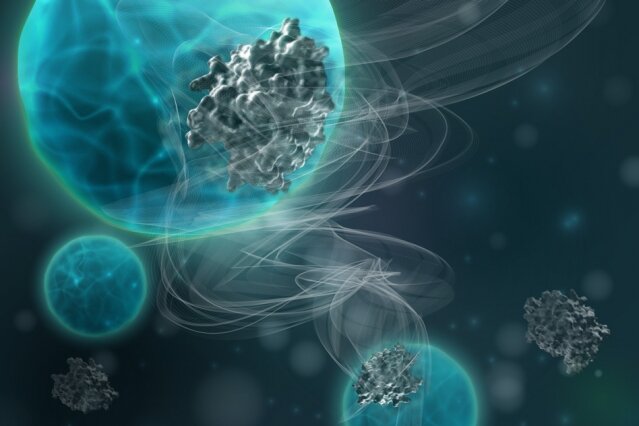
Sandra March, Niketa Nerurkar, Anisha Jain, Linda Andrus, Daniel Kim, Charles A. Whittaker, Edward K.W. Tan, Sabine Thiberge, Heather E. Fleming, Liliana Mancio-Silva, Charles M. Rice, and Sangeeta N. Bhatia.
Science Advances (2024)
Manuscript: (PDF)
News coverage:
MIT News Feature (here), AAAS Feature (here).